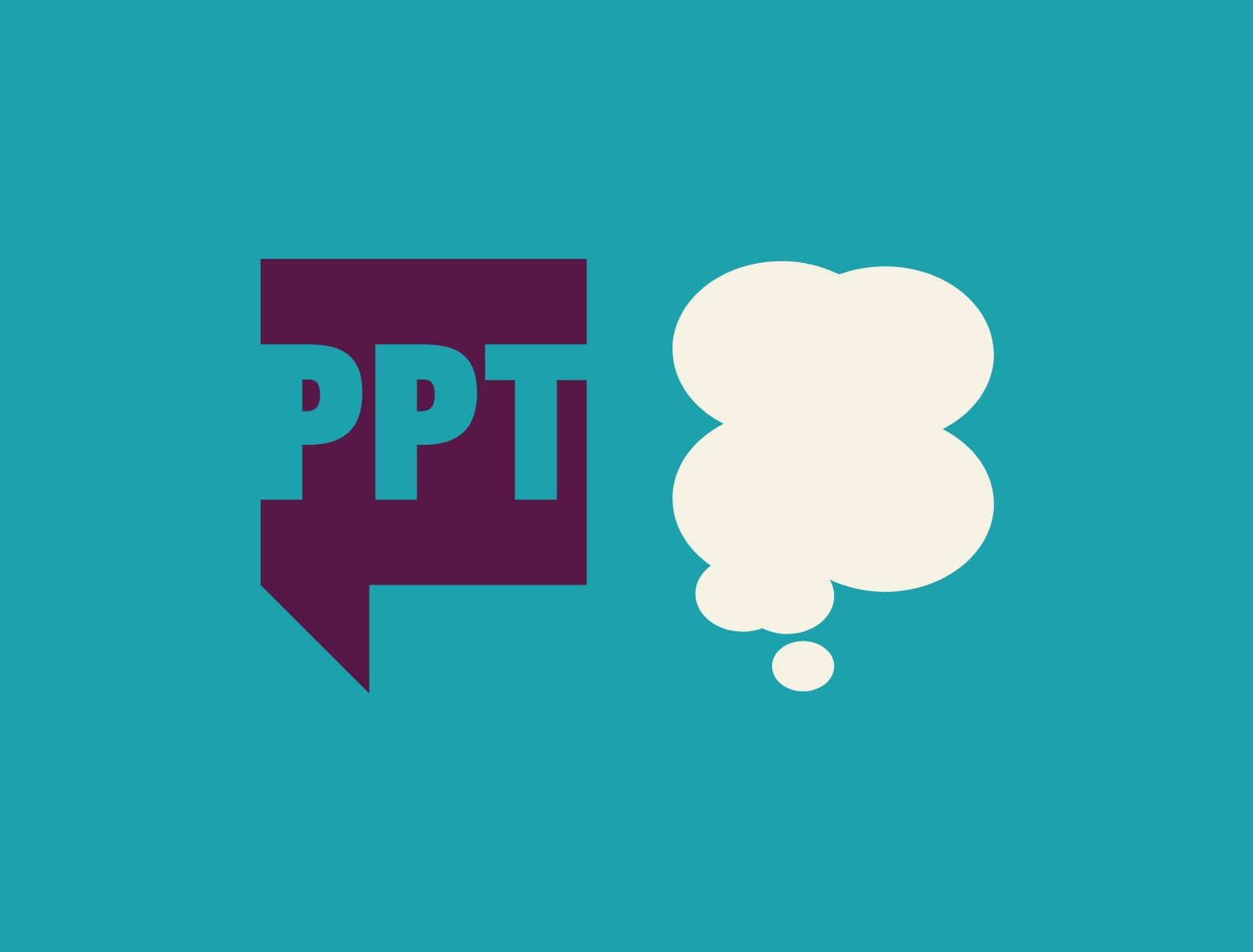
Research
Youth with disabilities needs assessment (2020)
The Youth With Disabilities project was guided by a Youth Advisory Committee consisting of eight youth with a range of disabilities. Participants in this needs assessment were 13- to 29-year-old youth with disabilities in Toronto, and were directly engaged through an online survey, focus groups, and individual interviews.
The youth with disabilities needs assessment
Planned Parenthood Toronto adopted a 2015-2020 strategic plan with a major strategic direction to “Expand Our Reach to Youth Who Need Us Most”. In pursuit of this strategic direction, PPT undertook a 2015/2016 needs assessment exploring the sexual and reproductive health of youth in Toronto. This needs assessment identified youth with disabilities as a priority population with high levels of unmet sexual and reproductive health needs. To further “Expand Our Reach to Youth Who Need Us Most”, an additional needs assessment was conducted in 2018/2019 to help PPT better understand the barriers and facilitators that affect youth with disabilities’ access to information and services relevant to sexual and reproductive health needs.
The assessment reached participating youth with a range of disabilities through an online survey, focus groups and interviews. The following recommendations have been developed based on the results of this project:
1. ask all youth about their access needs
The best way to find out how best to make SRH programs and services accessible for youth with disabilities (YWD) is to ask them. Getting feedback directly from those the services are intended for ensures that YWD will actually use them, and that they’ll keep coming back.
2. provide staff training specific to youth with disabilities and sexual and reproductive health
Staff should be trained on SRH topics specific to the needs and experiences of youth with disabilities. Training should also cover trauma-informed care, addressing common misconceptions of youth with disabilities, inclusive language and making spaces accessible and anti-oppressive.
3. make your agency accessible to people with disabilities
Agencies should maximize the accessibility of their space. This includes physical accessibility – doors, ramps, washrooms, and lifts to access exam tables. Youth should also be provided with information about seating, lighting, loudness, and visual clutter of spaces. This also includes considerations such as making spaces inclusive and judgment-free so that youth with disabilities feel safe accessing them.
4. provide support around sexual and reproductive health costs
Cost can be a major barrier for youth with disabilities. This can be alleviated by providing free SRH products (birth control, condoms, prescriptions) as well as offering transit tokens and meals.
5. ensure programs and services are developed by and for youth with disabilities
Agencies should engage youth with disabilities and gather feedback on what they want and need from their SRH programs and services. This helps make sure that resources are useful and topics covered are relevant and interesting to youth with disabilities.
Click here to download or print the YWD 2019 Recommendations for HC Providers Poster (PDF Version)
Click here to download or print the YWD 2019 Summary Poster (PDF Version)
The Youth With Disabilities project was guided by a Youth Advisory Committee consisting of eight youth with a range of disabilities. Input from the committee included identifying priority populations, improving the accessibility of the research process, and developing outreach strategies. Participants in this needs assessment were 13- to 29-year-old youth with disabilities in Toronto, and were directly engaged through an online survey, focus groups, and individual interviews.
Click here to read the key findings of the project or to download the full report